I am currently designing a device that will be powered by eight AA disposable batteries. For reverse polarity protection I am looking to use a P-channel MOSFET in the following configuration:

simulate this circuit – Schematic created using CircuitLab
The MOSFET's gate to source voltage can not exceed ±12 V so I chose a Zener diode with the following characteristics in order to clamp the voltage to an appropriate level:
I intentionally chose a diode which is characterized at a Zener current of 50 µA because my device is battery powered and I would like to conserve as much capacity as possible. I don't expect the battery voltage to exceed 12 V, but I do not want to risk the long-term operation of the device by operating it close to its maximum ratings.
I initially used the lower bound of the Zener voltage at 50 µA to calculate the maximum voltage across the resistor and came up with a resistor value of 31 kΩ. I then looked through the rest of the datasheet and came across this plot:
It shows that the Zener voltage is stable down to currents of ~10 nA, meaning that the battery capacity could be further conserved.
Using this information, I reasoned that the same lower bound for voltage could be used and used 1 µA as the current to obtain a resistor value of 1.55 MΩ. I am wondering if my result is reasonable and viable or if I misinterpreted the information given and/or neglected to take something else into consideration.

